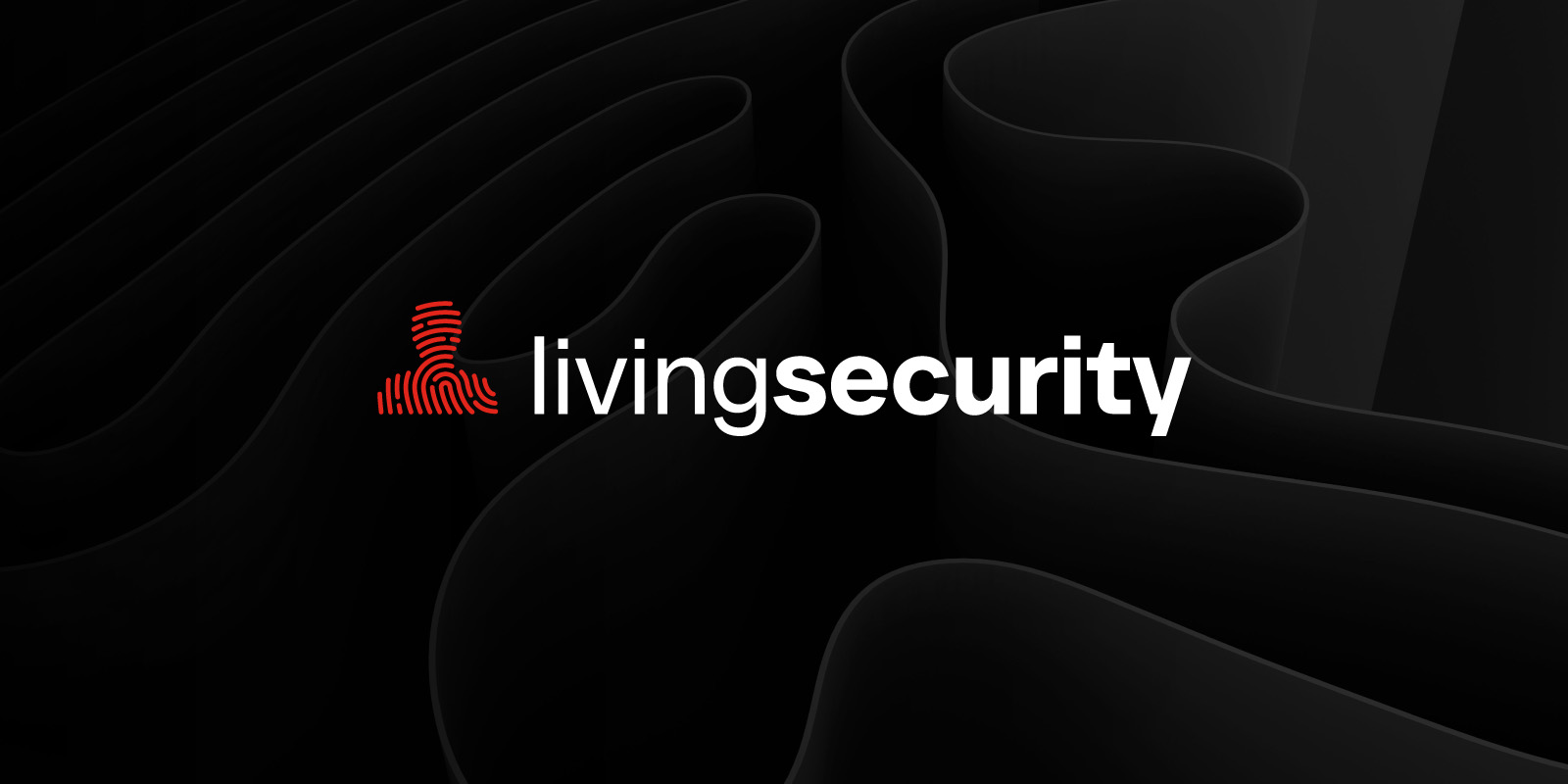

Blogs 
March 26, 2024
Living Security Team
Avoid Gimmicky Cybersecurity Goals - Focus on these KPIs and Metrics

Chief Information Security Officers (CISOs) and their teams often grapple with a critical challenge: distinguishing meaningful cybersecurity goals from gimmicky ones. While the lure of innovative and flashy objectives can be appealing, they may not always align with the core objectives of cybersecurity.
Let’s explore how you can avoid the pitfalls of such gimmicky goals, and explore the importance of focusing on key performance indicators (KPIs) and metrics that genuinely bolster an organization's security posture, and how platforms like S&AT can aid in this endeavor.
The Pitfalls of Gimmicky Cybersecurity Goals
Gimmicky cybersecurity goals can be a slippery slope, leading to a false sense of security, resource wastage, and potentially undermining the team's credibility. For example, setting a goal to 'implement the most advanced AI-driven security tool' might sound impressive, but does it align with the actual cyber security objectives of the organization? Such goals often fail to address the fundamental aspects of cybersecurity, like confidentiality in cybersecurity, and can distract from pressing security needs. The key is to prioritize goals that have a tangible impact on enhancing the organization's security posture.
Key KPIs and Metrics Every CISO Should Track
Moving beyond gimmicks, let's focus on meaningful KPIs and metrics crucial for a robust cybersecurity strategy:
Vulnerability Patching Time
A critical metric, vulnerability patching time reflects the team's ability to respond swiftly to identified risks, thereby reducing the window of opportunity for attackers.
Phishing Click-Through Rates
Monitoring phishing click-through rates is crucial in gauging user awareness and their susceptibility to social engineering attacks, a cornerstone in achieving the objectives of cyber security.
Endpoint Protection Coverage
Ensuring comprehensive endpoint protection coverage is key in safeguarding all devices within the organization, a fundamental goal of cyber security.
Mean Time to Detect (MTTD) and Mean Time to Respond (MTTR)
MTTD and MTTR are vital indicators of the cybersecurity team's efficiency and effectiveness in handling incidents, directly impacting the organization's resilience to threats.
Security Tool Adoption Rates
This metric signifies how well users are engaging with and adhering to the security tools deployed, an aspect critical for maintaining robust security across the organization.
Insider Threat Incidents
Tracking insider threat incidents is essential in identifying and addressing vulnerabilities within internal security controls.
Compliance Violations
Monitoring compliance violations helps ensure adherence to industry standards and regulations, a non-negotiable aspect of cybersecurity objectives.
Security Incident Trends
Analyzing trends in security incidents is invaluable for informed decision-making and setting focused security priorities.
Harnessing the Power of Human Risk Management Platforms for Meaningful Metrics
The Human Risk Management (HRM) platform stands out as a comprehensive solution for CISOs to track and prioritize these meaningful KPIs and metrics. Its ability to integrate data from various security tools and generate actionable insights is pivotal in driving a data-driven cybersecurity strategy.
Demonstrating Impact with Unify HRM Platform
Unify Insights enables CISOs to effectively communicate the impact of their security strategies to upper management. By tracking and visualizing crucial KPIs and metrics, it provides a clear picture of the effectiveness of cybersecurity efforts, moving beyond superficial goals.
The Critical Role of Cybersecurity Training
An often-overlooked aspect, cybersecurity training is instrumental in improving metrics like user engagement and security tool adoption rates. The S&AT platform can pinpoint areas where training can have the maximum impact, thus enhancing the overall security culture.
Balancing Technology and Human Elements in Cybersecurity
Finding the right mix between technology and human factors is crucial in cybersecurity. Meaningful KPIs and metrics guide the integration of technology and training, ensuring a more effective and balanced cybersecurity program.
Embracing Living Security Solutions for Robust Cybersecurity
Steering away from gimmicky goals and embracing solutions that offer living, adaptable security measures is key. Incorporating Living Security solutions into your Third-Party Risk Management (TPRM) strategy ensures a holistic and effective approach to cybersecurity.
The journey towards robust cybersecurity is a balanced act of aligning technology with human insight, driven by meaningful goals and measurable outcomes. As we navigate this path, focusing on the core objectives of cybersecurity and leveraging platforms like S&AT for insightful metrics will be instrumental in building a resilient and secure digital environment.